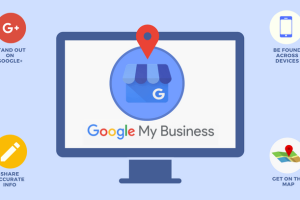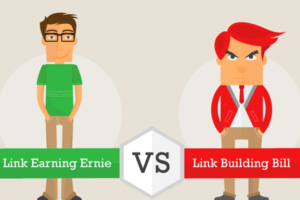Content Attributes

In today’s digital age, having a strong online presence is crucial for any business or organization. When it comes to local businesses, appearing in search engine results can make a significant impact on their visibility and success. Creating local content that ranks well in search engines is a powerful way to attract more customers and increase your online presence. In this blog post, we’ll explore effective strategies to help you create local content that not only engages your audience but also ranks high in search engine results.
Understand Your Target Audience:
To create content that resonates with your local audience, it’s essential to understand their preferences, interests, and needs. Conduct thorough research to identify the demographics, interests, and search patterns of your target audience.
Conduct Local Keyword Research:
Keyword research is a critical step in optimizing your content for search engines. However, when targeting a local audience, it’s important to focus on local keywords. Identify the keywords that are commonly used by local users when searching for products or services similar to yours. Tools like Google Keyword Planner can help you find relevant local keywords.
Optimize On-Page Elements:
Optimize your website’s on-page elements to enhance its visibility in local search results. Include your target keywords in the page titles, meta descriptions, headings, and URL structures. Additionally, incorporate location-specific information throughout your content to reinforce its local relevance.
Create Location-Specific Landing Pages:
If your business has multiple locations, create dedicated landing pages for each location. These pages should provide valuable information about the specific location, such as address, phone number, operating hours, and unique features. Optimize each landing page with relevant local keywords and ensure they have unique and compelling content.
Leverage Online Directories and Local Listings:
Ensure your business is listed on popular online directories and local listings platforms. Claim and optimize your profiles on Google My Business, Yelp, Bing Places, and other relevant directories. Provide accurate and consistent information across all platforms, including your business name, address, phone number, and website.
Encourage Customer Reviews:
Positive customer reviews can significantly impact your local search rankings. Encourage your satisfied customers to leave reviews on platforms like Google My Business and Yelp. Respond promptly to reviews, both positive and negative, to demonstrate your commitment to customer satisfaction.
By following these strategies, you can create local content that not only engages your target audience but also ranks well in search engine results. Remember to continuously monitor and analyze your performance using tools like Google Analytics to make data-driven adjustments and optimize your content further. With dedication and a focus on local optimization, you can boost your online visibility and attract more customers to your local business.
On-page SEO Guidelines For Local SEO
When optimizing your website for local search, implementing effective on-page strategies is crucial. By following these local SEO on-page guidelines, you can improve your website’s visibility in local search results and attract more customers in your area:
- Include Local Keywords: Research and incorporate relevant local keywords throughout your website’s content. Focus on keywords that include your city, neighborhood, or region to signal to search engines that your website is relevant to local searches.
- Optimize Title Tags and Meta Descriptions: Craft compelling and keyword-rich title tags and meta descriptions for each page of your website. Include your target local keywords while accurately describing the content of the page to attract clicks from local searchers.
- Optimize Heading Tags: Use heading tags (H1, H2, etc.) to structure your content. Incorporate local keywords in your headings to give search engines additional context about your location-specific focus.
- Create Location-Specific Landing Pages: If your business operates in multiple locations, create dedicated landing pages for each location. Optimize these pages with location-specific keywords and provide valuable information about each location, including address, phone number, operating hours, testimonials, and unique features.
- Add NAP Information: NAP stands for Name, Address, and Phone number. Ensure that your business’s NAP information is prominently displayed on every page of your website, typically in the footer or header. Consistency is key, so make sure the information matches the details on your Google My Business profile and other online directories.
- Mobile Optimization: Ensure that your website is mobile-friendly and responsive. With the rise in mobile searches, having a mobile-optimized website is essential for both user experience and search engine rankings.
- Create High-Quality Local Content: Develop informative and engaging content that addresses the needs and interests of your local audience. Incorporate local references, news, events, and stories to demonstrate your connection to the community.
- Optimize Images: Use descriptive file names and alt tags for your images, incorporating relevant local keywords where appropriate. This can help improve your website’s visibility in image search results.
By following these on-page guidelines, you can enhance your website’s local SEO performance and increase its visibility in local search results. Remember to focus on providing value to your local audience while optimizing for search engines, and regularly monitor and analyze your website’s performance to make necessary adjustments and improvements.



